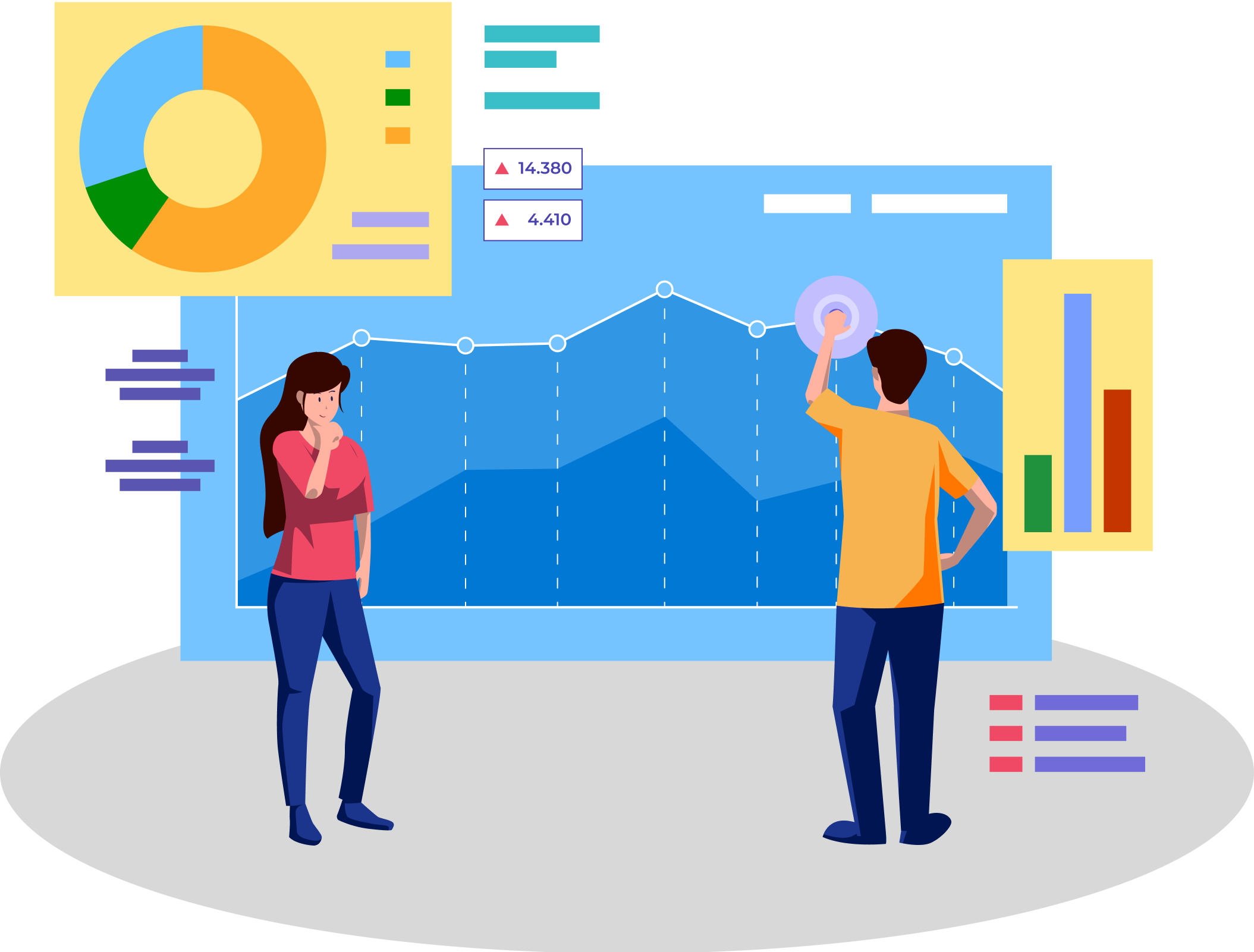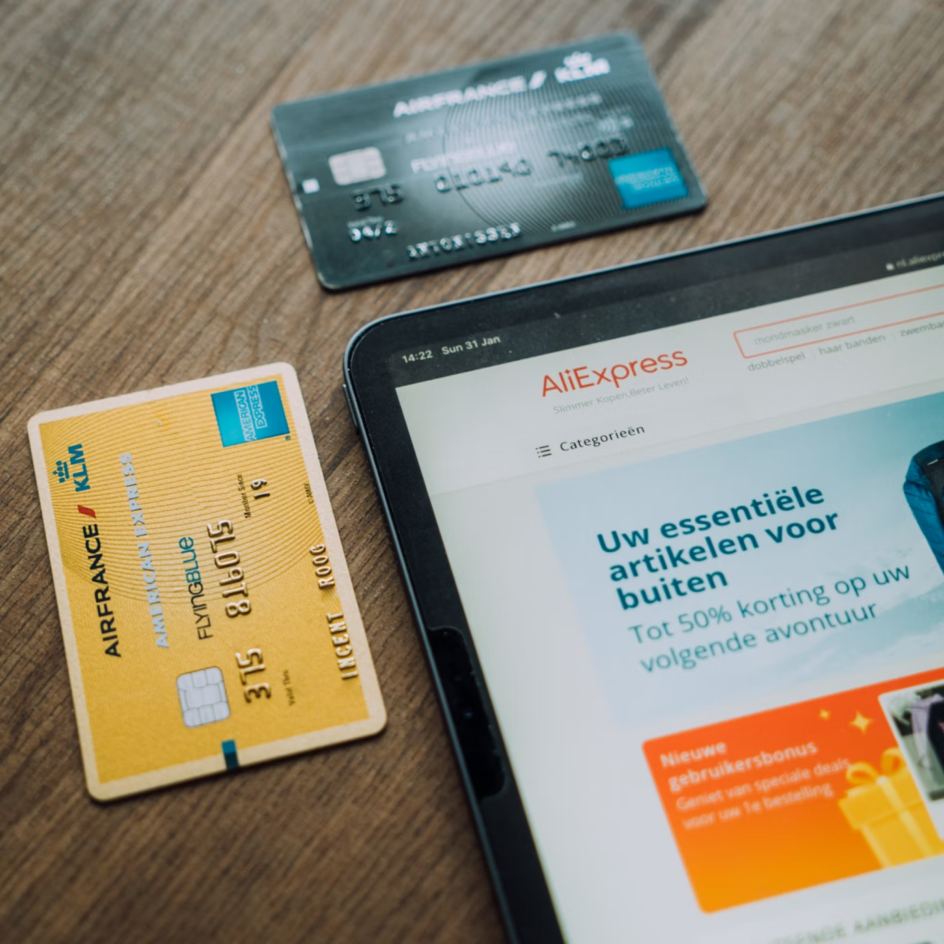Social Media Management
Strategic social media content and advertising management with continuous, data-driven adjustments to boost engagement, build your brand, and optimize ad performance for maximum impact.


Social Media Advertising
What Is Social Media Advertising and
How Does It Work?
Social media advertising refers to the practice of promoting products, services, or brands through paid advertisements on social media platforms. This form of advertising allows businesses to reach targeted audiences based on various demographics, interests, behaviors, and location. Social media ads can take many forms, including sponsored posts, stories, videos, and carousel ads, and are often designed to drive engagement, increase brand awareness, generate leads, or boost sales.

Key Benefits of Social Media Advertising
Targeted Audience Reach
Advertisers can tailor their campaigns to specific demographics and interests, ensuring that their ads reach the most relevant users.
Cost-Effectiveness
Many social media platforms offer flexible pricing models, allowing businesses to set budgets that fit their needs, often with options for both small and large-scale campaigns.
Engagement and Interaction
Social media ads can encourage user interaction through likes, shares, comments, and direct messages, fostering a sense of community around the brand.
Analytics and Insights
Most platforms provide detailed analytics, enabling advertisers to track performance, optimize campaigns, and make data-driven decisions.
Popular Platforms for Social Media Advertising
One of the largest advertising platforms, offering a wide range of ad formats and robust targeting options based on user data, interests, and behaviors.
A visually driven platform (owned by Facebook) that allows businesses to run ads through posts, stories, and reels, targeting users based on their interests and interactions.
Twitter (X)
Offers promoted tweets and trends, allowing brands to engage with users in real-time and leverage hashtags to increase visibility.
Primarily used for B2B advertising, LinkedIn provides options to target professionals based on job title, industry, and company size, making it ideal for businesses targeting other businesses.
Allows businesses to promote pins, which can drive traffic to websites, particularly effective for industries like fashion, home decor, and DIY.
TikTok
A rapidly growing platform for short-form video content, offering ad formats like in-feed ads and branded hashtags to engage a younger audience.
Snapchat
Features ads that appear in users' stories or between snaps, with unique formats like AR lenses and filters that can enhance engagement.
YouTube
As the largest video platform, YouTube offers various ad formats including skippable ads, non-skippable ads, and overlay ads, ideal for visual storytelling.
Hashtag Research
What Is Hashtag Research and
How Does It Work?
Hashtag research is a key part of social media marketing that helps increase visibility, reach, and engagement with target audiences. By identifying and using relevant, trending, and niche-specific hashtags, marketers can improve the discoverability of their content, connect with the right audiences, and stay up-to-date with current industry trends.

Here’s how to Conduct Effective Hashtag Research
Define Your Target Audience and Goals
- Before starting, outline the primary audience you want to reach and your goals (e.g., increasing brand visibility, connecting with niche communities, or promoting a specific campaign).
- This will help you focus on hashtags that are most likely to attract the desired audience and drive engagement.
Analyze Competitor Hashtags
- Study the hashtags your competitors use, particularly those with high engagement. Take note of any branded hashtags, popular industry terms, or niche-specific tags that may be relevant to your own content.
- Reviewing competitor success can give you insight into what resonates within your industry.
Use Hashtag Research Tools
- Leverage tools like Hashtagify, RiteTag, All Hashtag, or social media platform insights to discover popular and related hashtags.
- These tools allow you to search specific hashtags, analyze their popularity, see related tags, and find out if they’re trending. Some tools also show engagement stats, reach potential, and audience demographics.
Include Branded Hashtags
- Create a unique branded hashtag for your business or specific campaigns. For example, #YourBrandName or #CampaignName.
- Encourage followers to use your branded hashtag in their posts, which can increase brand visibility, drive user-generated content, and build community around your brand.
Stay Updated on Trending Hashtags
- Keep track of daily or weekly trending hashtags, especially on Twitter and Instagram. Use relevant trends to join timely conversations, provided they align with your brand.
- Be mindful to avoid using irrelevant trending tags, as this can come across as inauthentic and harm engagement.
Experiment with Location-Based Hashtags
- For local businesses or events, use location-based hashtags to reach nearby audiences. Examples include #CityNameEvents or #ShopLocal[City].
- Location-specific tags can help reach potential customers in your geographic area and boost local brand visibility.
Analyze Hashtag Performance
- Regularly check your social media analytics to see which hashtags drive the most engagement.
- Based on the performance, refine your hashtag strategy by keeping high-performing tags and replacing low-performing ones.
Limit the Number of Hashtags Per Platform
Different platforms have different hashtag best practices. For instance :
- Instagram: 5–10 highly relevant ones.
- Twitter: 1–2 hashtags are best.
- LinkedIn: 3–5, mix of industry and branded tags.
- Facebook: Use sparingly, with 1–3 well-targeted hashtags.
Stay Authentic and Avoid Overusing Hashtags
- Choose only hashtags that genuinely relate to your content. Overusing or using irrelevant hashtags can make your content look spammy and may even reduce engagement.
- Authentic, relevant hashtag use is more effective for long-term growth than attempting to gain quick reach through popular but unrelated tags.
Influencers Marketing
What Is Influencers Marketing and
How Does It Work?
Influencer marketing can be a powerful driver for social media growth by leveraging influencers' established credibility, reach, and influence to build a brand’s following, enhance engagement, and drive conversions.

Key Strategies for Leveraging Influencers for Social Media Growth
Choose Influencers that Aligned with Brand Values
Ensuring alignment with the influencer’s niche, tone, and audience increases the likelihood of genuine, effective engagement.
Utilize Micro- and Nano-Influencers
Smaller influencers often have highly engaged followings and provide cost-effective ways to reach targeted audiences.
Embrace Creative Collaborations
Let influencers bring their unique creativity into campaigns, as their authenticity and style are what their followers connect with.
Here’s a closer look at how influencer marketing can
effectively boost social media growth:
Pixel Integrated Analysis
What Is Pixel Integrated Analysis and
How Does It Work?
Pixel-integrated analysis in social media management is a technique that uses tracking pixels to gather data on user interactions across digital platforms, providing valuable insights into user behavior and campaign performance. This is achieved by embedding tiny, often invisible, tracking pixels into digital assets like social media posts, ads, emails, and website pages. When users interact with these elements, the pixel "fires," sending data back to analytics tools that capture and process it for further analysis.

Here’s a breakdown of how pixel-integrated analysis works and its value in social media management:
How Pixels Work
- Tracking Pixels: Pixels are snippets of code (usually JavaScript) that track user actions such as clicks, conversions, purchases, page views, or other engagement on a platform.
- Embedding: Pixels are embedded in various digital assets or websites and activate when users interact with those elements, sending back data.
- Data Collection: Pixels can collect extensive data, including device type, location, session duration, page views, and conversion metrics.
Benefits of Pixel-Integrated Analysis
- Data-Driven Insights: Provides granular insights on user behavior that can be used to tailor content, understand user preferences, and adjust strategies.
- Enhanced ROI Tracking: Social media managers can track the impact of campaigns directly, measuring not just engagement metrics but also business-relevant KPIs like conversions and revenue.
- Improved Retargeting and Funnel Optimization: Pixels allow for sophisticated retargeting strategies by analyzing where users drop off in the funnel, helping refine ad targeting and nurturing strategies.
Applications in Social Media Management
- Audience Segmentation and Targeting: Pixels track user engagement, enabling personalized, targeted campaigns, like retargeting users who clicked but didn’t convert.
- Retargeting Campaigns: Social media pixels track users who visited a site or interacted with ads but didn’t convert, enabling retargeting on active platforms.
- Performance Analytics: Pixel data gives real-time metrics, showing which posts, ads, or campaigns drive the most engagement and conversions.
- Conversion Tracking: Pixels track conversions, providing clear ROI insights and helping optimize ad spend.
Limitations and Privacy Considerations
- Privacy Concerns: Tracking pixels raise concerns related to user privacy, especially with stricter regulations (GDPR, CCPA) that restrict data collection without user consent.
- Cookie and Ad Blockers: Some users employ ad blockers or browser settings that prevent pixel tracking, which can limit the data collected.
Still not sure to choose us?
See how we’ve brought our clients' visions to life! Check out our portfolio and see the results for yourself.
KOMINFO TDPSE registered no. 016992.01/DJAI.PSE/01/2025
©2025 Mindimedia. All Rights Reserved.








